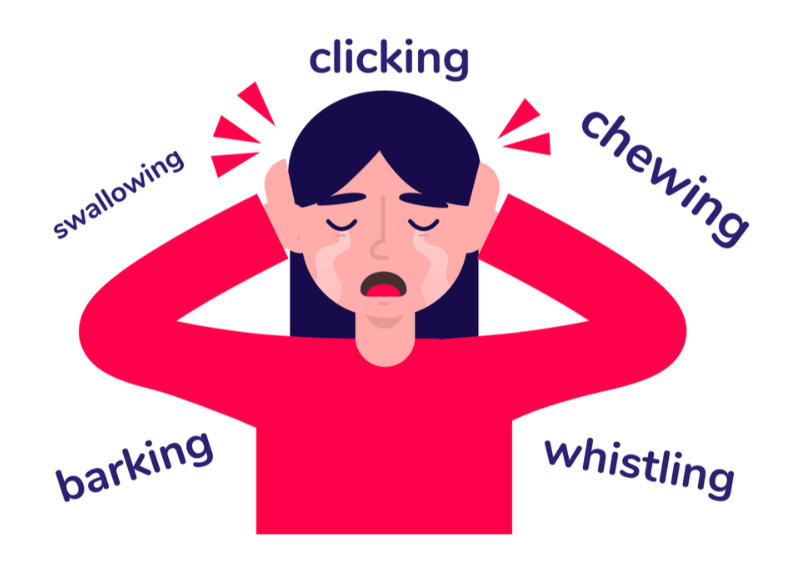Understanding the Vicious Cycle of Misokinisia
(this article has been adapted from my article on misophonia).
Misokinisia
means a "hatred of movements"
and is a pervasive and often debilitating condition - what's worse is that few people have even heard of the term, much less know how to treat it (or even pronounce it…).
When searching for solutions, most strategies people come across revolve around escaping or avoiding triggers. However, if you're reading this article, you've likely realized that avoidance isn’t a viable long-term strategy. Misokinisia has already taken too much from your life, and you need a different approach.
At the Anxiety & OCD Therapy Practice, we offer a unique treatment called EASE - Experiential Acceptance and Stimulus Engagement. While this approach can be uncomfortable, it is highly effective for those who are motivated to change.
The Vicious Cycle of Misokinisia
We refer to the "vicious cycle of Misokinisia " as the typical pattern in which Misokinisia develops and persists. The key question is: Why does the emotion linked to Misokinisia keep returning, no matter how much one avoids or escapes their triggers? In fact, why do the reactions often seem to become even more intense over time?
To understand this, let’s examine how people typically cope with Misokinisia .
The Natural Response to Pain
We are all naturally averse to pain. Imagine touching something hot—what do you do? Most people would instinctively pull their hand away. We handle Misokinisia -related emotions in a very similar way.
Misokinisia triggers—such as various movements like tapping, leg shaking, hair twirling—are so uncomfortable and aversive that they feel "painfully hot" to those affected. They cause an immediate and intense reaction. Since we are wired to avoid things that cause us distress, individuals with Misokinisia instinctively try to escape these triggers and make their lives more manageable. Some cope by using looking away, asking others to stop or simply leaving the room
However, these solutions provide only temporary relief. The same distress returns the next time the trigger appears. Why does this cycle continue?
The Brain's Role in Reinforcing Misokinisia
The answer lies in how the brain processes avoidance. Two key mechanisms are at play:
1. Avoidance reinforces the perception of danger – When we repeatedly avoid something, our brain interprets it as a threat. After all, we only avoid things that are truly dangerous.
2. Increased sensitivity to triggers – Once our brain categorizes something as a threat, we become hyper-aware of it, making us even more sensitive to the trigger.
While avoidance provides short-term relief, it has significant long-term consequences. The more we avoid or escape Misokinisia triggers, the more we reinforce our brain’s belief that we cannot face them. This heightened sensitivity makes us even more reactive to the very noises we are trying to avoid.
The Trap of Avoidance and Compulsions
Over time, individuals become increasingly dependent on avoidance strategies, making it even harder to break the cycle. Each time an avoidance behavior (or compulsion) is performed, the brain experiences temporary reassurance. However, this only strengthens the reliance on these behaviors, making the reaction to triggers even stronger.
Breaking Free with EASE Therapy
Fortunately, therapies like EASE (Experiential Acceptance and Stimulus Engagement) can help disrupt this cycle by encouraging individuals to face allow and accept their emotions and discomfort without resorting to avoidance behaviors. This effectively helps weaken the conditioned response and reduce their sensitivity over time.
This protocol has helped many individuals regain control of their symptoms, allowing them to live more relaxed, socially connected, and fulfilling lives. If Misokinisia has taken too much from you, know that there is hope—and a way forward.
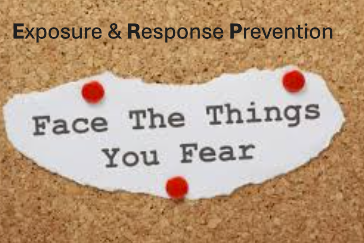
What is OCD? Obsessive-compulsive disorder (OCD) is a mental health condition that affects millions of people worldwide. It involves two key components: 1. Obsessions – Intrusive, repetitive and unwanted thoughts, images, or urges that cause significant distress. 2. Compulsions – Repetitive behaviors or mental acts performed to reduce the distress caused by obsessions or to prevent a feared event. For example, someone with OCD may fear that they will get sick from germs (obsession) and compulsively wash their hands for hours each day (compulsion) to relieve their anxiety. While compulsions may provide short-term relief, they ultimately make OCD worse, strengthening the cycle over time. How the Vicious Cycle of OCD Begins and Continues The Natural Response to Pain To understand why OCD is so persistent, it helps to compare it to physical pain. Imagine touching a hot stove—your instinctive reaction is to pull your hand away. This response is automatic and protective, helping you avoid harm. Similarly, when people with OCD experience distressing thoughts, they instinctively try to "pull away" from them by performing compulsions. However, unlike touching a hot stove, where avoiding the heat prevents injury, avoiding distressing thoughts through compulsions only strengthens the cycle. The thoughts always come back… The Brain’s Role in Reinforcing OCD OCD tricks the brain into thinking that avoidance is necessary for safety. Two key mechanisms drive this process: 1. Avoidance reinforces the perception of danger – When we repeatedly avoid something, our brain starts to categorize it as dangerous. We don’t avoid things unless they pose a real threat, right? The brain applies the same logic to OCD thoughts, reinforcing the false belief that they are dangerous and must be avoided. 2. Increased sensitivity to triggers – Once the brain labels something as dangerous, it becomes hyper-aware of it. The more an individual avoids or reacts to an obsession, the stronger and more distressing it becomes over time.
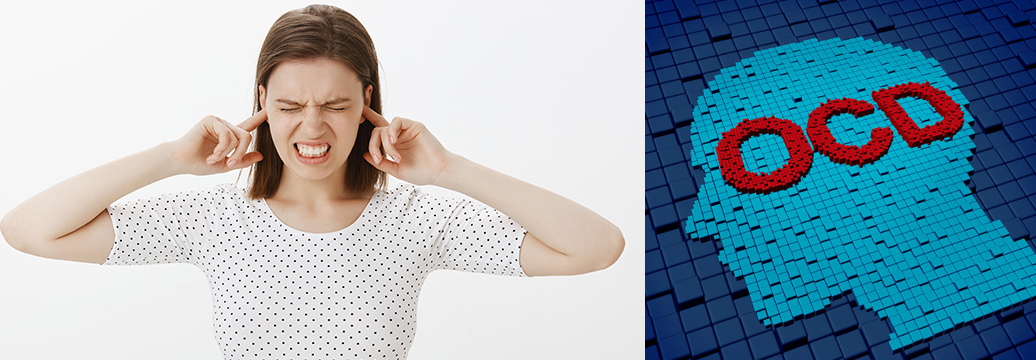
Is misophonia a type of OCD, and can ERP (Exposure and Response Prevention) help? While misophonia and OCD share similarities—such as distressing triggers and compulsive responses—their core emotional drivers differ. OCD is rooted in fear of future consequences, while misophonia stems from frustration with present discomfort. Understanding these distinctions is key to effective treatment. Learn why ERP may not be the best approach for misophonia and explore alternative therapies like EASE (Experiential Acceptance and Stimulus Engagement) for lasting relief.
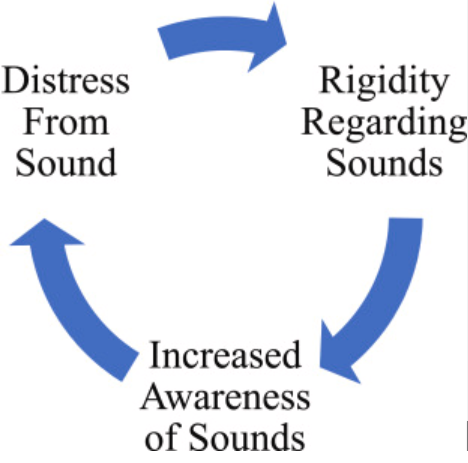
Misophonia creates a vicious cycle of avoidance and heightened sensitivity to sound. Learn why traditional coping methods fail and why misophonia seems to get worse with time. Discover how EASE therapy can break this cycle, offering lasting relief. Understand how misophonia affects the brain and find hope in overcoming sound triggers for a more peaceful life.
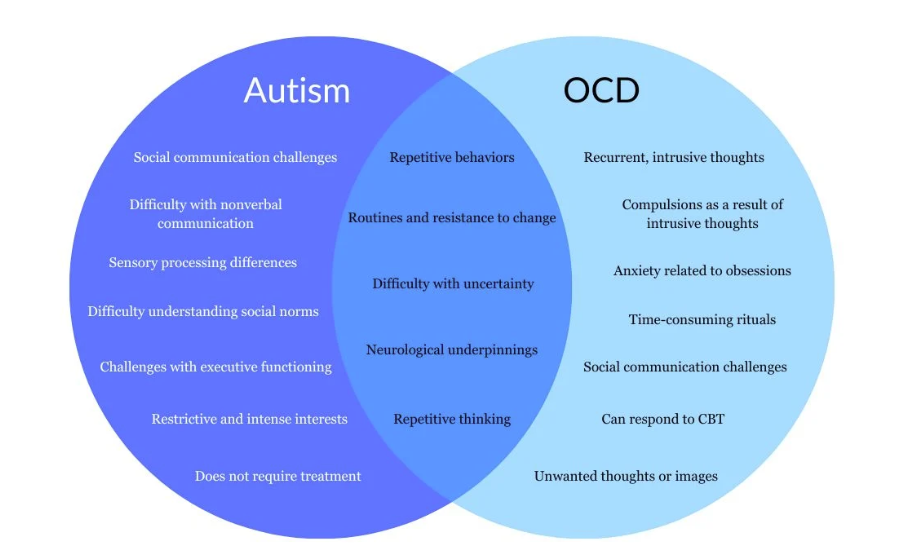
Understanding the Unique Challenges of Treating Comorbid OCD and ASD (Autism Spectrum Disorder) with ERP. Understanding the differences between OCD and autism.
Explore the unique challenges of treating comorbid OCD and ASD with Exposure and Response prevention. Learn how rigid thinking in ASD affects treatment and how adapting ERP can improve flexibility and reduce distress.

Learn about the self-perpetuating cycle of anxiety and OCD, where intrusive thoughts lead to compulsions that reinforce fear - keeping people trapped with their thoughts. Learn how why the OCD thoughts keep coming back. Exposure and Response Prevention (ERP) therapy disrupts this cycle by helping individuals face their anxiety without engaging in compulsive behaviors, offering effective relief and long-term management strategies for both anxiety and OCD.
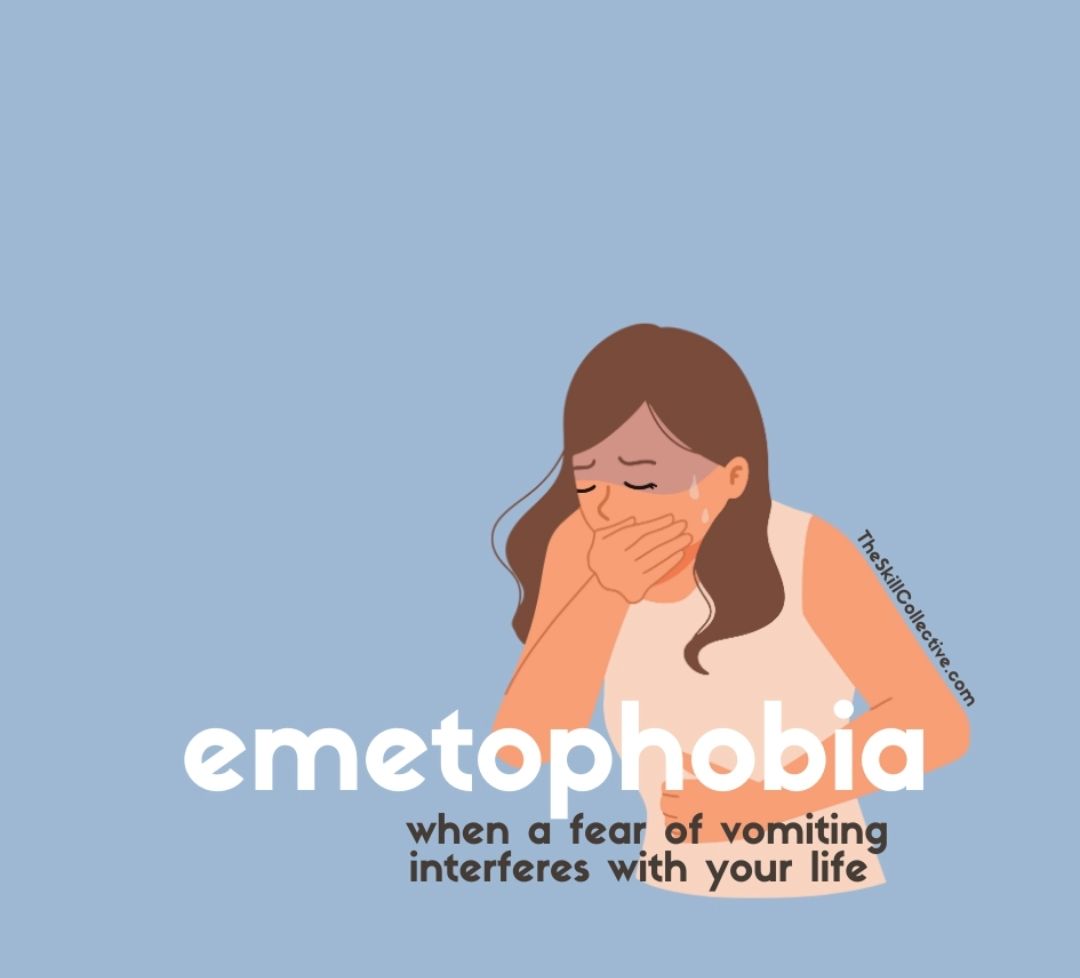
Learn about the link between emetophobia and OCD, including common symptoms and how Exposure and Response Prevention (ERP) therapy can be used to treat both. This structured approach helps individuals confront their fear of vomiting gradually, reducing anxiety and improving quality of life. Learn how therapy treatment for emetophobia works.
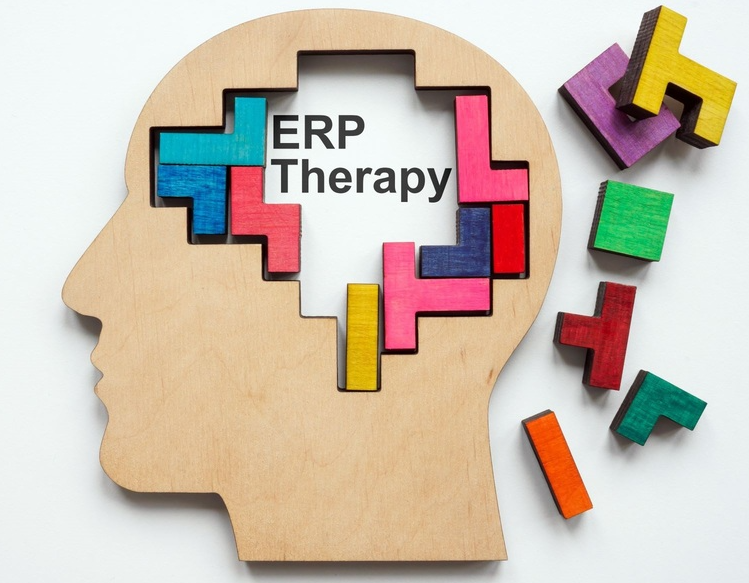
Discover how Exposure and Response Prevention (ERP) therapy can help you overcome OCD. Learn what ERP is, how it works, and why it's the gold standard treatment for reducing obsessive thoughts and compulsive behaviors. Find out if ERP will work for you and how motivation plays a key role in success. Start your journey to a life free from OCD with proven techniques that gradually reduce anxiety without compulsions.

